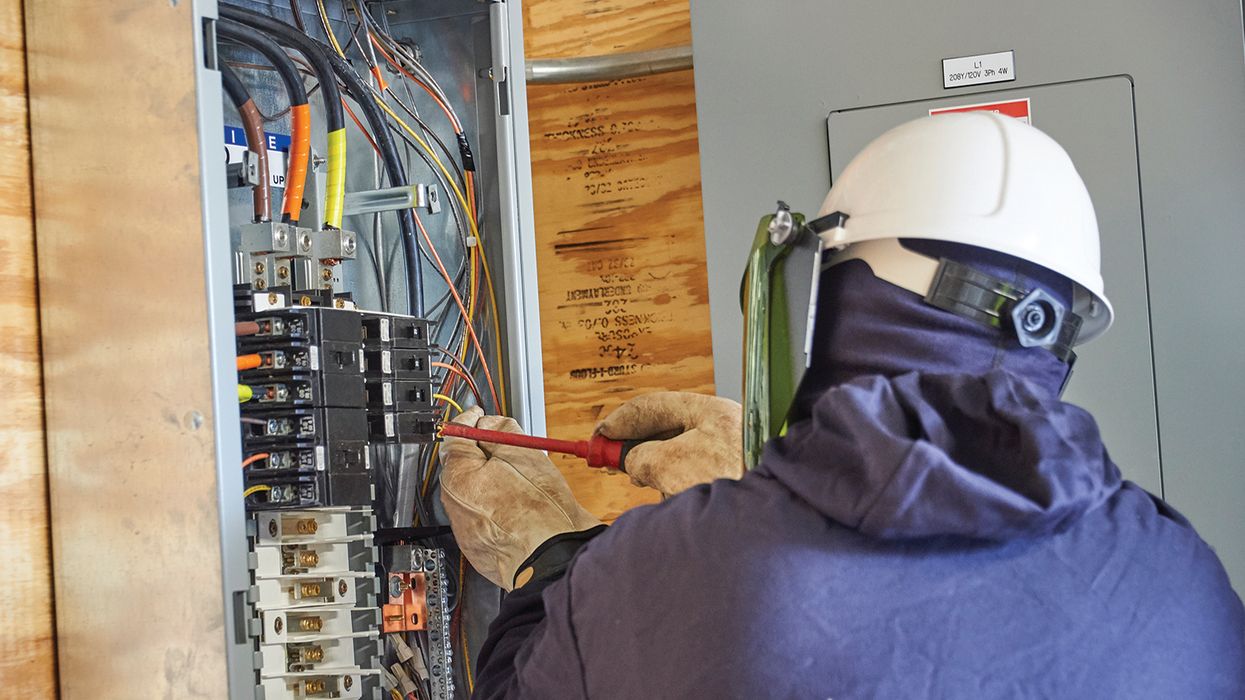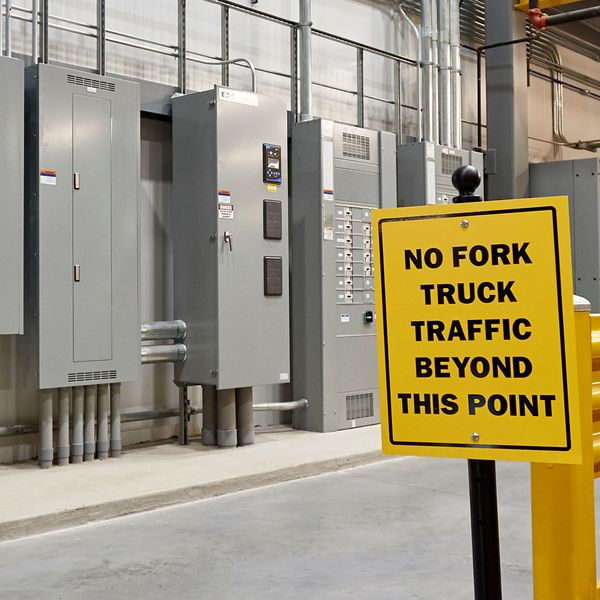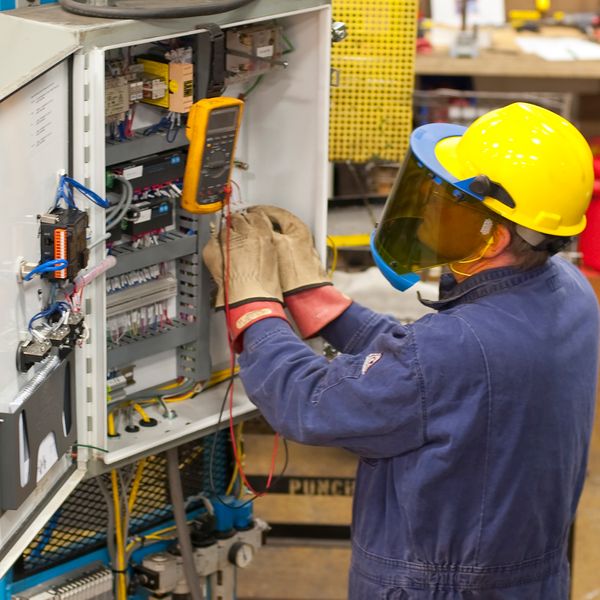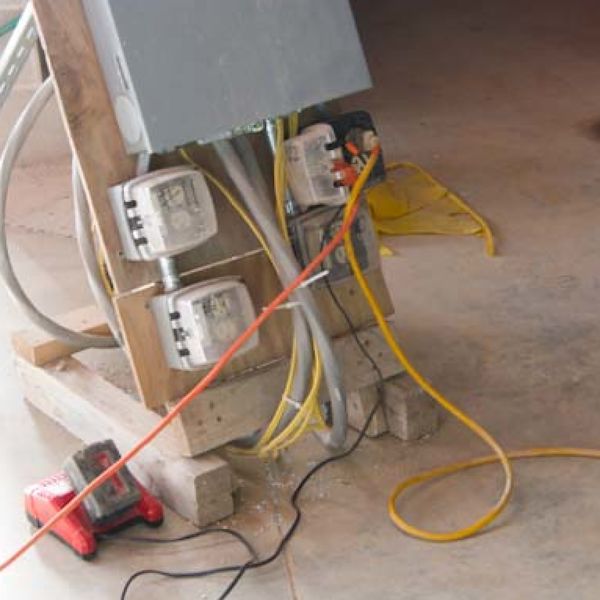Electrical arc blast incident leads to serious burns and $222,392 in penalties
Did you know that your workers can be exposed to arc flash hazards even if they are not directly performing electrical work?
In a stark reminder of the critical importance of workplace safety, the U.S. Department of Labor recently cited a leading tool and equipment manufacturer after a maintenance electrician suffered severe burns in an electrical arc blast.
This incident, which occurred at the company's facility, could have been prevented if the required safety standards had been followed. The Occupational Safety and Health Administration (OSHA) has assessed $222,392 in penalties, highlighting the severe consequences of neglecting electrical safety protocols.
The incident involved a 29-year-old maintenance electrician who suffered severe burns while replacing fuses in an industrial oven.
OSHA's investigation revealed that the company failed to provide the necessary personal protective equipment (PPE) required for employees working around energized electrical equipment.
Furthermore, the investigation identified deficiencies in the company's safe work practices, training for electrical maintenance employees, and the implementation of lockout/tagout procedures to ensure equipment was de-energized before maintenance.
Understanding electrical arc flashes
An electrical arc flash is a dangerous event that occurs when an electric current travels through the air from one conductor to another or to the ground.
These flashes can produce temperatures exceeding 35,000 degrees Fahrenheit, posing a severe risk of injury or death to anyone nearby. The intense heat can cause catastrophic burns, and the associated blast can result in additional injuries from flying debris and extreme pressure.
The importance of electrical safety
Electrical safety is critical in any workplace that involves the installation, maintenance, or use of energized equipment. The consequences of neglecting safety protocols can be severe. Injuries, fatalities, and significant financial penalties can result from a lack of adequate safety procedures.
As OSHA Area Director in Toledo, Ohio, explains, "Each year, hundreds of workers are hurt or worse by electrical-related injuries when employers fail to provide required personal protective equipment and follow safety procedures.”
Employers must prioritize the safety and health of their employees by implementing comprehensive safety measures.
Practical steps for employers
To protect workers from electrical hazards, employers should take the following practical steps:
- Provide Proper Training: Ensure all employees who work with (or around) electrical equipment receive thorough training on safe work practices and emergency procedures. This training should be updated regularly to incorporate new safety standards and technologies.
- Implement Lockout/Tagout Procedures: Develop and enforce strict lockout/tagout procedures to ensure that equipment is de-energized and cannot be accidentally re-energized during maintenance. This process should involve locking the equipment's power source and tagging it with a warning label.
- Use Personal Protective Equipment (PPE): Equip employees with the necessary PPE, such as flame-resistant clothing, insulated gloves, face shields, and safety glasses. Regularly inspect and replace PPE to maintain its effectiveness.
- Conduct Regular Safety Audits: Perform regular safety audits to identify potential hazards and ensure compliance with safety standards. Address any deficiencies promptly to prevent accidents.
- Foster a Safety Culture: Promote a workplace culture that prioritizes safety by encouraging employees to report hazards, participate in safety training, and adhere to safety protocols. Leadership should lead by example, demonstrating a commitment to safety.
- Stay Informed on Regulations: Keep abreast of the latest OSHA regulations and industry best practices related to electrical safety. This knowledge will help ensure that your company's safety policies are current and effective.
Key to remember: The severe burns suffered by the maintenance electrician at the tool and equipment manufacturer’s facility serve as a reminder of the dangers associated with electrical work and the critical need for rigorous safety measures. Safety should always be the top priority, especially when it comes to electrical work.


















































